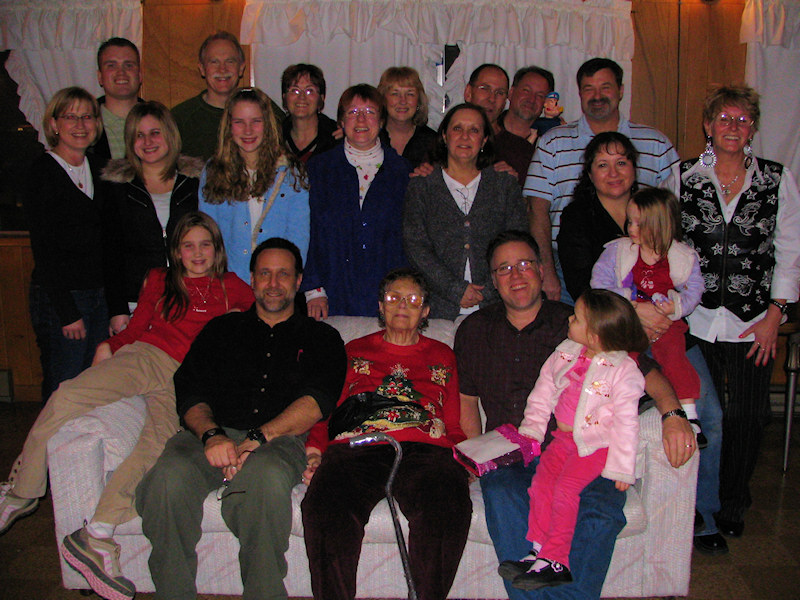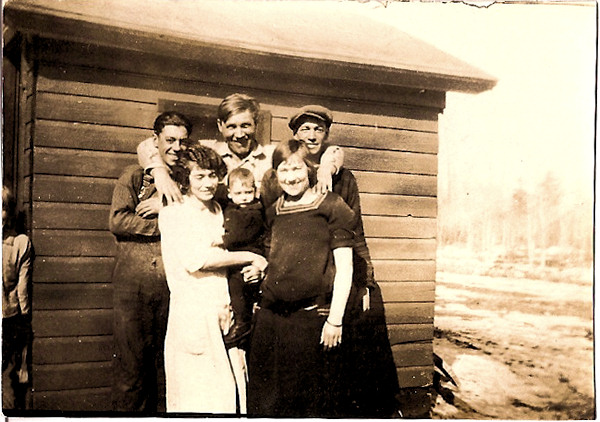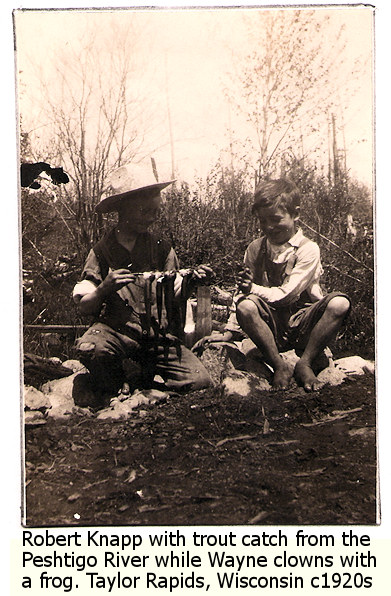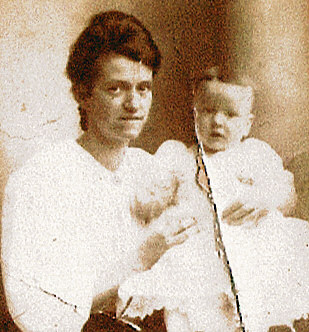An article on DNA differences from BBC News tells of how scientists are discovering that the genetic make-up of humans is much more diverse than originally thought.
A UK-led team made a detailed analysis of the DNA found in 270 people and identified vast regions to be duplicated or even missing.
…To date, the investigation of the human genome has tended to focus on very small changes in DNA that can have deleterious effects – at the scale of just one or a few bases, or “letters”, in the biochemical code that programs cellular activity.
And for many years, scientists have also been able to look through microscopes to see very large-scale abnormalities that arise when whole DNA bundles, or chromosomes, are truncated or duplicated.
But it is only recently that researchers have developed the molecular “tools” to focus on medium-scale variations – at the scale of thousands of DNA letters.
This analysis of so-called copy number variation (CNV) has now revealed some startling results. It would seem the assumption that the DNA of any two humans is 99.9% similar in content and identity no longer holds.
What this means is that DNA now reveals a greater level of variation between one individual and the next. They are learning that copy variations emerge, which probably have more to do with “shuffling of genetic material” during the reproductive process, but this raises some concerns in the genealogy world.
As DNA is used by more and more researchers, as well as genealogists, to research the human line, these variables may cause errors in lineage determinations, though it is unlikely. Hopefully, but the time this new technology improves, this anomalies will be taken into consideration.
Most Recent Articles by Lorelle VanFossen
- The Myths and Mysteries and Hunt for Nicholas Knapp
- The Perpetual Calendar
- GenSmarts: Reminder to Not Assume
- Gensmarts Saves Your Family History Research Life
- Digging Through Historical Newspapers Online





